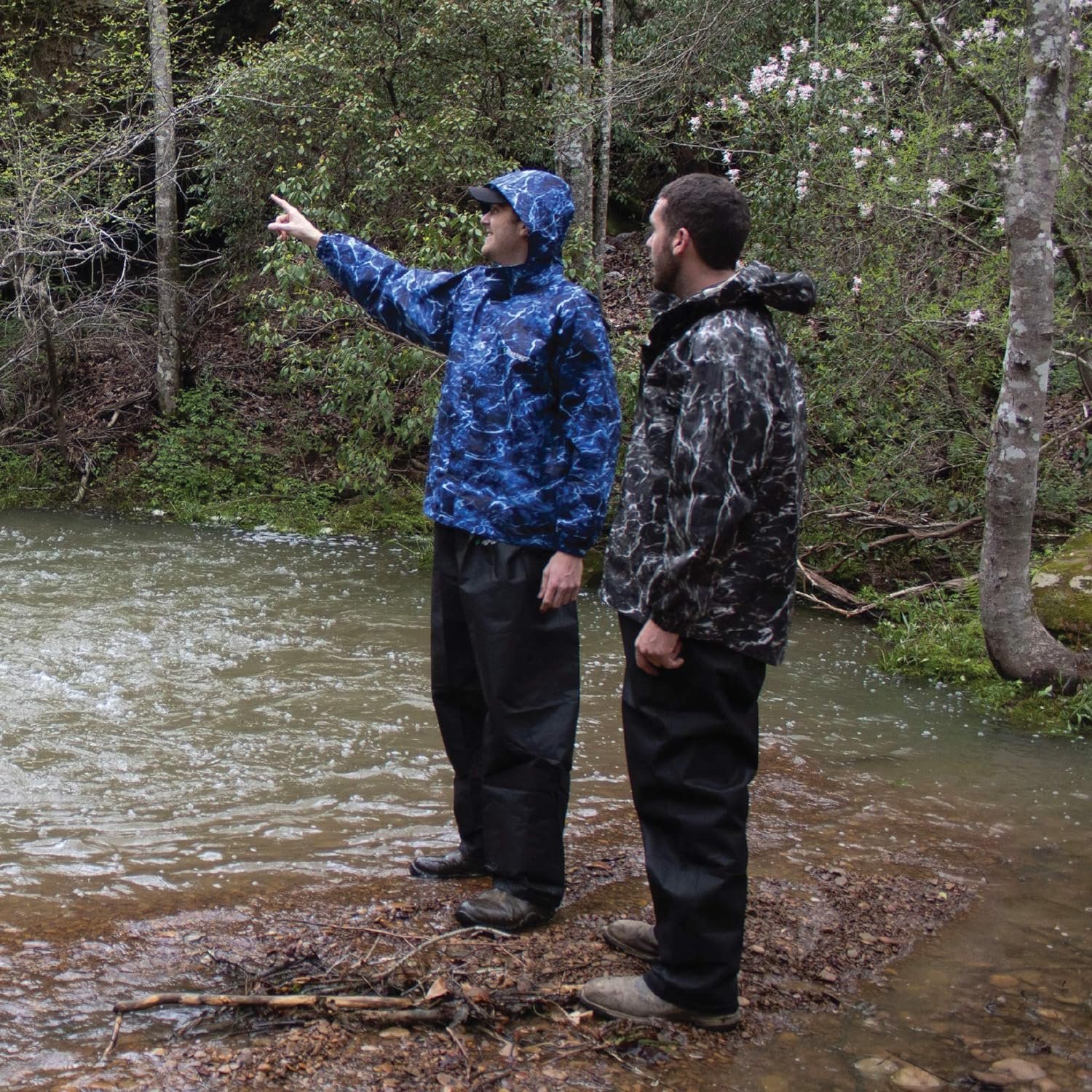If you’ve ever dreamed of witnessing the mesmerizing dancing lights of the aurora borealis, you’re not alone. The beauty of the northern lights has captivated countless travelers, nature enthusiasts, and curious souls. But here’s the burning question: what months offer the best chances of spotting this extraordinary natural wonder?
From our research and experience, we can confidently tell you that the northern lights are most visible during the winter months, particularly from September to March, when the sky is darker and clearer. So grab your warmest coat, pack your camera, and get ready to be spellbound by the ethereal symphony of colors that adorn the night sky.
What Months Are The Northern Lights Most Visible?
Table of Contents
Factors that Influence the Visibility of Northern Lights
When it comes to witnessing the mesmerizing phenomenon of the Northern Lights, there are several factors that play a crucial role in determining their visibility. These factors include geomagnetic activity, solar activity, latitude and geographical location, and weather conditions. Let’s delve into each of these factors to better understand their impact on the visibility of the Northern Lights.
Geomagnetic Activity
Geomagnetic activity refers to the Earth’s magnetic field and its interaction with the solar wind from the sun. This activity is measured using a scale called the KP index, which ranges from 0 to 9. The higher the KP index, the more likely it is that you’ll be able to see the Northern Lights. When the KP index is elevated, it indicates that there is a higher chance of geomagnetic storms, which in turn enhances the visibility of the Northern Lights.
Solar Activity
Solar activity, particularly solar flares and coronal mass ejections, has a significant impact on the visibility of the Northern Lights. These events release a large amount of energy and charged particles into space. When these particles reach Earth’s atmosphere, they interact with the gases in the atmosphere, causing them to emit light and creating the beautiful phenomenon we know as the Northern Lights. Therefore, when solar activity is high, it greatly increases the chances of witnessing this natural spectacle.
Latitude and Geographical Location
The latitude and geographical location also play a crucial role in determining the visibility of the Northern Lights. The closer you are to the Earth’s magnetic poles, specifically the Arctic Circle in the northern hemisphere, the higher your chances of witnessing this enchanting display. Regions such as Norway, Alaska, Iceland, and Canada’s Yukon, which lie in close proximity to the Arctic Circle, offer optimal viewing opportunities for the Northern Lights.
Weather Conditions
While geomagnetic and solar activity are key factors in determining the visibility of the Northern Lights, weather conditions can either enhance or hinder the overall experience. Clear skies are essential for a successful viewing, as clouds can obstruct the visibility of the auroras. It’s important to keep an eye on the weather forecast and choose a night with minimal cloud cover for the best chance of catching a glimpse of this natural wonder.
Northern Lights Visibility by Month
Now that we’ve explored the factors influencing the visibility of the Northern Lights, let’s take a closer look at how these factors vary throughout the year and affect the visibility of the auroras during each month.
January
In January, the Northern Lights are often highly visible due to the combination of long nights and optimal geomagnetic activity. The darkness of the winter months provides extended opportunities for viewing the auroras, and if the weather conditions are favorable, this month can be a great time to witness this ethereal spectacle.
February
Similar to January, February boasts long nights and favorable geomagnetic activity, making it another excellent month for observing the Northern Lights. With the right combination of clear skies, solar activity, and a bit of luck, you may be treated to some breathtaking displays of colorful dancing lights.
March
March marks the transition from winter to spring, and while the days become longer, the Northern Lights can still be visible during the nighttime hours. This month provides a unique opportunity to witness the auroras against the backdrop of a changing season, creating a truly magical experience.
April
As April progresses, the days become longer, and the opportunity to witness the Northern Lights diminishes. However, if you find yourself in a location with optimal geomagnetic and solar activity, there is still a chance of catching a glimpse of the auroras before they become less visible during the summer months.
May
May marks the arrival of spring in the northern hemisphere, bringing with it more daylight hours and decreasing chances of witnessing the Northern Lights. While it may be less likely to see the auroras during this month, it’s always worth checking the geomagnetic and solar activity for any potential opportunities.
June
With the arrival of summer, June brings brighter nights and a decreased chance of observing the Northern Lights. The extended daylight hours greatly reduce the visibility of the auroras, making it challenging to catch a glimpse of this natural phenomenon during this time of year.
July
Similar to June, July is characterized by long daylight hours, making it unlikely to witness the Northern Lights. While the chances of seeing the auroras are slim during this month, it’s still worth keeping an eye on the geomagnetic and solar activity as there may be occasional opportunities for limited visibility.
August
August continues to offer limited opportunities for viewing the Northern Lights, as the nights remain relatively bright due to the summer season. While the chances are slim, it’s always worth staying informed about the geomagnetic and solar activity, as there may still be occasional sightings during this month.
September
September marks the beginning of the transition from summer to fall, and with it comes the return of longer nights and increased chances of seeing the Northern Lights. As the darkness increases, so does the potential for witnessing the auroras, making September an excellent month to plan a trip to Northern Lights viewing destinations.
October
With the arrival of October, the nights become even longer, providing ample opportunities for viewing the Northern Lights. Combined with favorable geomagnetic and solar activity, this month is often considered one of the best times to experience the breathtaking display of the auroras.
November
November continues to offer favorable conditions for witnessing the Northern Lights, as the nights remain long and the geomagnetic and solar activity remains relatively active. This month is a prime time to plan a trip to Northern Lights destinations and immerse yourself in the awe-inspiring beauty of this natural phenomenon.
December
As the year comes to a close, December offers some of the longest nights, making it an ideal time to witness the Northern Lights. Coupled with optimal geomagnetic and solar activity, this month presents an incredible opportunity to end the year on a high note by witnessing the vibrant colors and graceful movements of the auroras.
In conclusion, the visibility of the Northern Lights is influenced by various factors, including geomagnetic and solar activity, latitude and geographical location, and weather conditions. By understanding these factors and choosing the right time and place, you can increase your chances of witnessing this extraordinary display of nature’s beauty. So grab your warmest clothes, check the forecast, and embark on a journey to witness the mesmerizing Northern Lights for an experience you’ll never forget.



